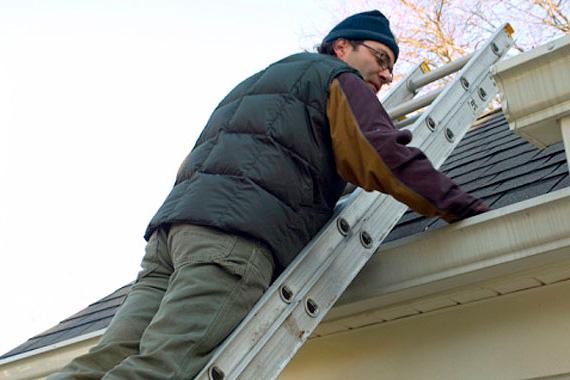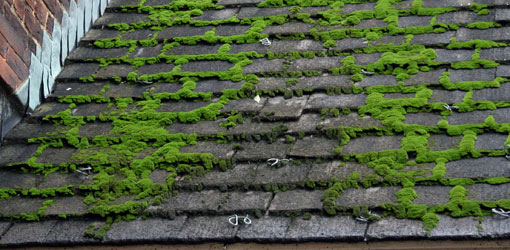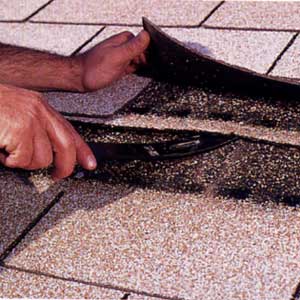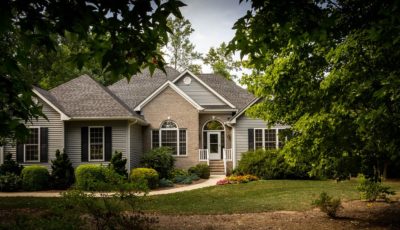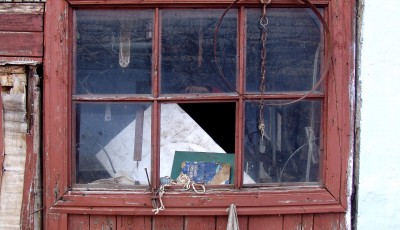Preliminary DIY roof inspection and maintenance tips for homeowners
Your home is a major investment whose integrity should be maintained. However, as time goes by, different elements in the house especially the roof starts wearing out thus calling for urgent attention before things get out of hand.
Whether your house has shingles or tiles on the roof, there are some preliminary DIY inspection and maintenance tips that you should use to protect your investment while at the same time preventing serious damages that could result in expensive and full blown repairs or replacements.
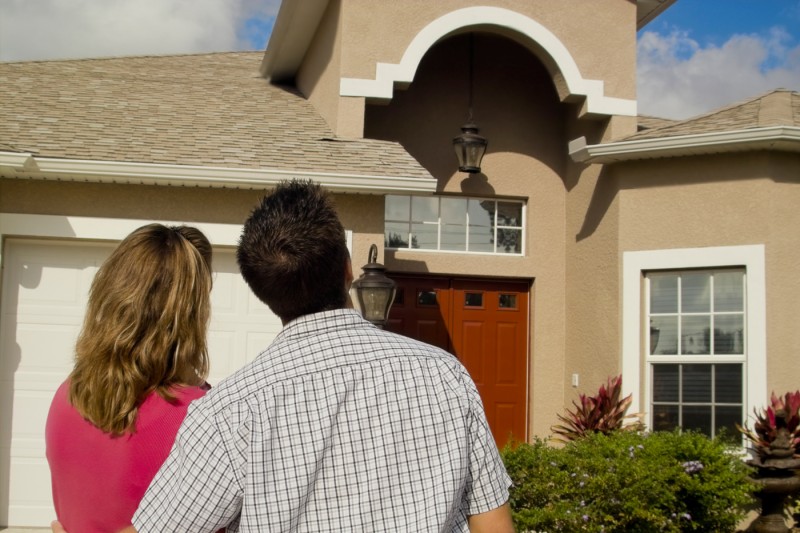
Preliminary roof inspection tips
First, it is advisable to inspect your roof’s condition every spring and fall. Although professional input is recommended, it is easy to save money by carrying out a DIY inspection and working on areas that are within your scope as long as you maintain the required safety standards. Secondly, always make sure that you have the right equipments such as a ladder which should be secured properly and on a level ground and secured at the top to prevent it from sliding when you are climbing up and down.
What to look for during the inspection
It is always important to clean the gutters of your house.
This can go a long way in preventing serious weather damages such as cracked foundation or rotting wood. During this process (should be done at least twice every year), always carry an inspection of your roof and look for the following:
Algae and moss: – Algae and moss are always a major source of problems for many roofs. However, this problem can be eliminated by washing the roof using specially designed products that are readily available in the home improvement stores. The products should however be used according to recommendations and sparingly to protect the roof from deterioration. You should not allow algae and moss to spread across the roof as this could gradually affect the lifespan of your roof, resulting in leakage and clogs.
Debris: – debris could be as a result of falling leaves and branches especially if your house is in a shaded area. If not removed, debris can damage your roof with time while at the same time encouraging the growth of algae and moss. Always sweep your roof and if possible use a long broom to sweep while using a ladder instead of climbing on the roof.
Damage, wear and leakage: – As your roof advance in age, the nails are likely to become loose thus creating some opening which could result in leaks. You should be able to identify such a problem by looking at the ceiling and if you see any water stains, then it’s clear that the roof is leaking. At times, it is possible to get it all wrong if you use the stained spots to detect the leakage points. Water is likely to enter through one spot but run down to a different spot before it starts dripping down on the ceiling. The best way to inspect this kind of a problem is to go up the attic when it’s raining and try to spot the water’s entry point. This way you will know where exactly you should seal. Use some sealant to close the gaps and if need be, you should change the affect nails and replace them with new ones. If you notice that your roof is aging and wearing off, you should learn more about rubber roofing or EPDM rubber roofing and be sure not to get stressed about your roof for the next 50 years in any weather condition.
As you inspect and maintain your roof, always avoid power washing it as this will shorten the lifespan of the roof. It is true that power washing will leave your roof clean but this will come at a cost. In case you don’t want to inspect and maintain the roof yourself, call for professional help.
And finally you make sure you hire the right roofer for the job that requires professional approach and sophisticated equipment. Don’t put your safety at risk at no cost.

